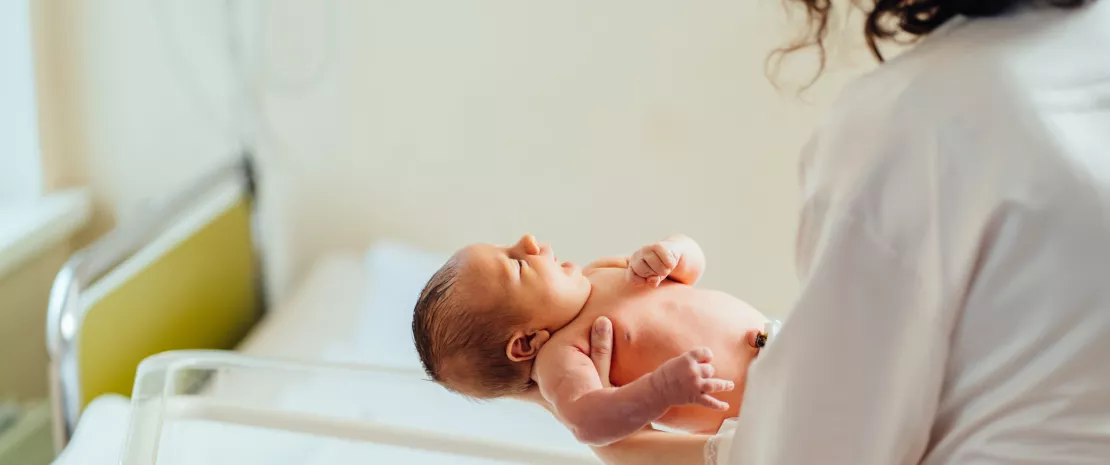Neonatal sepsis: the microbiota pays a heavy price for antibiotic use
How does neonatal antibiotic treatment affect an infant’s gut microbiota? When newborns require antibiotics, which cause the least damage? A randomized trial has provided answers to these questions.
Sources
This article is based on scientific information

About this article
Colic, allergies, obesity, altered immune development... gut dysbiosis in newborns is associated with a wide range of health problems that may persist throughout life. Despite this, broad-spectrum antibiotics continue to be prescribed at a high rate (up to 10% of all neonates) because of suspected early-onset neonatal sepsis (sEONS).
1 in 1000
Currently, antibiotics are prescribed in 4-10% of all neonates, whereas only an estimated 1 in 1000 will develop a proven infection, likely resulting in unnecessary treatment of >90% of all treated children.
Randomized trial of three antibiotic combinations
To better understand the effects of early-life antibiotics, a randomized trial was conducted in 147 infants treated with broad-spectrum antibiotics during their first week of life. The infants were randomized to receive one of three commonly prescribed intravenous antibiotic combinations, namely penicillin + gentamicin, co-amoxiclav + gentamicin or amoxicillin + cefotaxime. Eighty healthy infants (not treated with antibiotics) served as controls.
What is the World Antimicrobial Awareness Week?
Each year, since 2015, the WHO organizes the World Antimicrobial Awareness Week (WAAW), which aims to increase awareness of global antimicrobial resistance. Held on 18-24 November, this campaign encourages the general public, healthcare professionals and decision-makers to use antimicrobials carefully, to prevent the further emergence of antimicrobial resistance.
Diversity down, resistance up
Microbial diversity was similar in all infants before antibiotic treatment, but α-diversity in the treated infants fell dramatically immediately after treatment. Subsequently, their α-diversity slowly recovered, though it remained significantly lower during the first year of life. The composition of the gut microbiota was also impacted. Facultative anaerobic genera such as Escherichia and Staphylococcus were abundant in the first samples collected directly after birth, rapidly followed by Bifidobacterium. Subsequent abundances depended on whether the infant received antibiotics: in treated infants, Bifidobacterium spp., Escherichia, Staphylococcus spp., and Bacteroides were less abundant, while Klebsiella and Enterococcus spp. were more abundant. Lastly, the team observed more antimicrobial resistance genes in the treated children.
more than 90% of infants are treated with antibiotics when EONS is suspected but not firmly established.
Not all antibiotics are the same
Significant differences were observed between the three antibiotic regimes, with the “amoxicillin + cefotaxime” combination having the greatest effect on gut microbiota composition and antimicrobial resistance, and “penicillin + gentamicin” having the least effect. As a result, the researchers suggest that treatment with the latter combination should be reconsidered in neonatal wards where it is not currently popular.
In each case, the effects of antibiotic treatment were more pronounced and prolonged than expected, probably because the microbiota of infants is still developing (whereas previous studies had focused on older children). Currently, more than 90% of infants are treated with antibiotics when EONS is suspected but not firmly established. According to the authors, this underlines the importance of improving the accuracy of EONS diagnosis, since the consequences of treatment are serious and potentially long-lasting.













